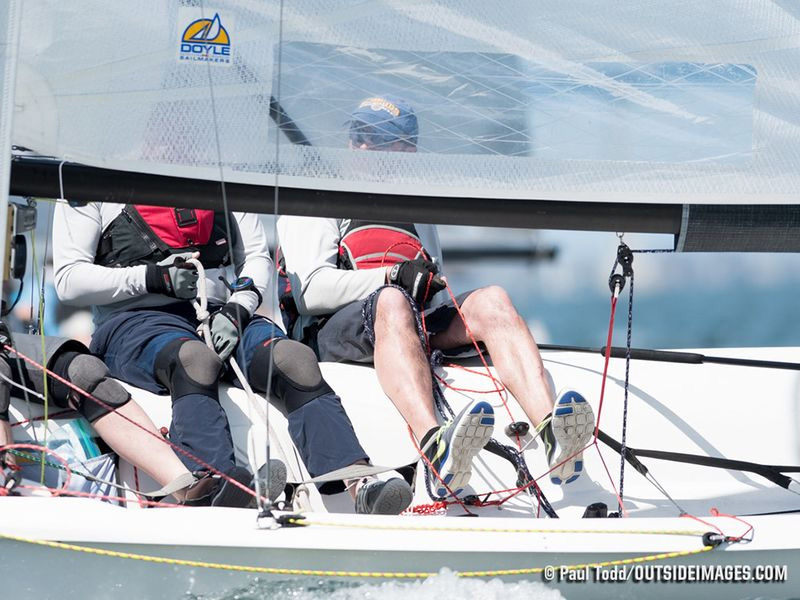A great article (below) and video produced during the 2018 Helly Hansen San Diego NOOD featuring and interview with PNW Viperer Garrett Johns.

SAILING WORLD WROTE:
Sailing World’s Boat of the Year judges nailed it back in 1997 when they pegged Brian Bennett’s Viper 640 as the Boat of the Year. At a time when symmetric was about to become old school, the judges knew the 21-foot sportboat would be around for a good long while. It was solid in every measurement: “Fun and challenging to sail, a good value and appealing to a wide range of sailors,” wrote Betsy Alison at the time.
She was right.
As a testament to this enduring one-design, fleets prosper in pockets around the country. Used boats trade hands easily while new boats arrive regularly from Rondar, the Viper’s top-notch British builder. While the East Coast is where Viper 640 sailing got its start (and nearly died when the original builder walked away, to be rescued by Rondar) fleets are now anchored in the Southeast, the Mid-Atlantic, and the West Coast, with groups thriving in the Pacific Northwest and California.

Garrett Johns, on the helm of George Gluecksmann’s Viper 640, with finds its groove. Photo: Paul Todd/Helly Hansen NOOD Regatta
Southern California, especially with its sun, surf and year round sailing, is a natural environment for the Vipers to play. It’s why Viper sailors like George Gluecksmann, Steve Orsini, and Garrett Johns have hauled their craft from the northern left-coast hinterlands of the United States of America. Gluecksmann recently bought the boat in Canada, from an owner who himself scored the boat in a customs-seized property auction. The boat is in excellent form, yet to be rigged properly, and the Helly Hansen NOOD Regatta in San Diego is Gluecksmann’s first regatta with it.
He recruited Viper buddies Orsini and Johns who once served as the class secretary. He knows as many as most about the boat’s place in the sport. The class is pushing upwards of 300 boats, with Rondar “really cranking them out,” says Johns. “The beauty is they are simple to sail and the class rules are strict, which keeps it affordable for guys like us to be competitive.”
It’s “super cool,” he adds, because the top guys are forthright with intel. “The top guys will come to you after a day on the water and give you tips to get you up to speed. It’s not a paid-to-sail kind of class.”
Used, competitive, boats can be had for $15,000. New will run you $35K, with sails, trailer, and everything you need from the box. Logical improvements to the boat since Bennett’s original setup greatly improved the performance and handling of the early-generation boats. The two biggies, says Johns, were a change to a carbon rig, adding more weight to the bulb to make the boat self-righting, and more recently, changing the rudder sweep. It’s now more vertical, for better bite. It is a Viper, after all. It should bite.


